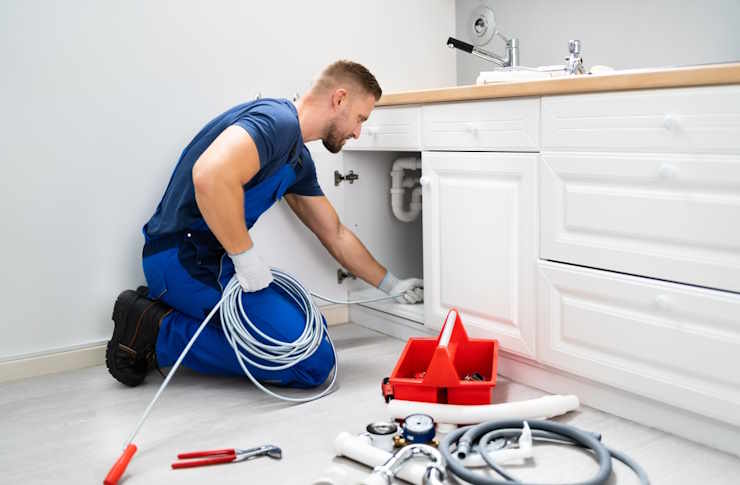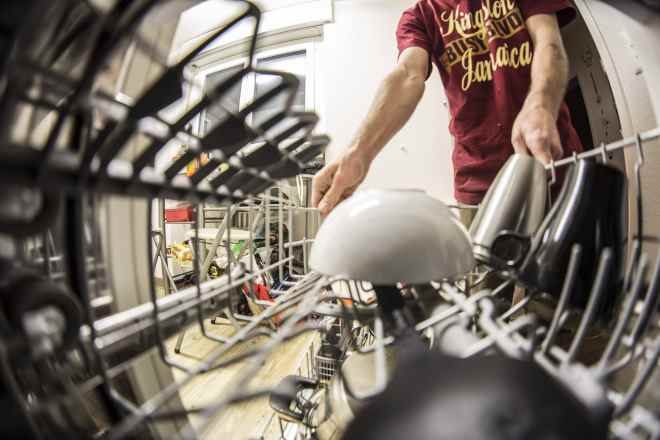Information on Home Appliance Repairs
Household electrical appliances may sometimes fail to power on, stop working during operation, not function properly, or show reduced performance. Such issues can occur in devices like refrigerators, washing machines, air conditioners, televisions, and microwave ovens. Repair services for home appliances are available in many locations. The type of repair depends on the appliance and the nature of the malfunction. Repair costs also vary depending on the required service and replacement parts. Service options may include on-site visits or drop-off repairs. The repair scope and handling methods differ depending on the service provider. In some cases, the approach may vary depending on the appliance’s condition.

When household appliances break down, it can disrupt daily routines and create significant inconvenience. Understanding the repair landscape helps homeowners navigate these situations more effectively, whether dealing with a malfunctioning refrigerator or a washing machine that won’t spin.
Common Appliance Malfunctions
Most household appliances experience predictable failure patterns based on their design and usage. Refrigerators commonly develop issues with temperature regulation, ice makers, or door seals. Washing machines frequently encounter problems with drainage, spinning mechanisms, or water inlet valves. Dishwashers often struggle with spray arm blockages, door latch failures, or heating element malfunctions. Ovens and stoves may experience ignition problems, temperature inconsistencies, or control panel failures. Understanding these typical issues helps homeowners identify problems early and communicate effectively with repair professionals.
Scope and Details of Repair Services
Professional repair services encompass various levels of intervention, from simple maintenance to complete component replacement. Basic services include diagnostic assessments, cleaning, and minor adjustments. Intermediate repairs involve replacing common parts like filters, belts, or heating elements. Complex repairs may require circuit board replacements, motor rebuilds, or refrigeration system work. Most reputable services provide detailed estimates before beginning work, explaining the problem, proposed solution, and expected timeline. Many technicians also offer preventive maintenance services to extend appliance lifespan and prevent future breakdowns.
Typical Cost Structure for Repairs
Repair costs vary significantly based on appliance type, problem complexity, and required parts. Diagnostic fees typically range from R200 to R500, often applied toward repair costs if work proceeds. Simple repairs like replacing door seals or cleaning components may cost R300 to R800. Moderate repairs involving component replacement generally range from R800 to R2,500. Complex repairs requiring major parts or extensive labor can cost R2,500 to R5,000 or more.
| Service Type | Cost Range | Common Examples |
|---|---|---|
| Diagnostic Assessment | R200 - R500 | Problem identification, testing |
| Basic Repairs | R300 - R800 | Seal replacement, cleaning, adjustments |
| Component Replacement | R800 - R2,500 | Heating elements, pumps, valves |
| Major Repairs | R2,500 - R5,000+ | Motor replacement, control boards |
Prices, rates, or cost estimates mentioned in this article are based on the latest available information but may change over time. Independent research is advised before making financial decisions.
Types of Service Arrangements
Repair services operate under various business models to accommodate different customer needs. Traditional service calls involve scheduling appointments for technicians to visit homes, typically with service windows of several hours. Emergency services provide same-day or after-hours repairs at premium rates. Some companies offer annual maintenance contracts that include regular inspections and priority service. Walk-in repair centers accept portable appliances for workshop repairs, often at lower costs than home visits. Warranty services through manufacturers or extended warranty providers follow specific protocols and may limit repair options to authorized technicians or approved parts.
Different Responses Based on Appliance Condition
Repair recommendations depend heavily on appliance age, condition, and repair history. For newer appliances under warranty, manufacturers typically require authorized service to maintain coverage. Mid-age appliances in good condition often benefit from professional repairs, especially when repair costs remain below 50% of replacement value. Older appliances may warrant repair only for minor issues, as major component failures often signal approaching end-of-life. Appliances with multiple previous repairs or extensive wear may be better candidates for replacement rather than continued investment in repairs. Environmental factors like hard water, power surges, or heavy usage patterns also influence repair versus replacement decisions.
Navigating appliance repairs requires balancing immediate needs with long-term value considerations. Professional diagnostics provide crucial information for making informed decisions, while understanding common problems and typical costs helps homeowners prepare for inevitable maintenance needs. Whether choosing repair or replacement, thorough research and multiple opinions ensure the most appropriate solution for each situation.




